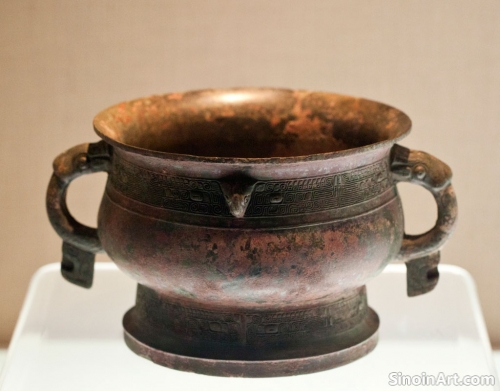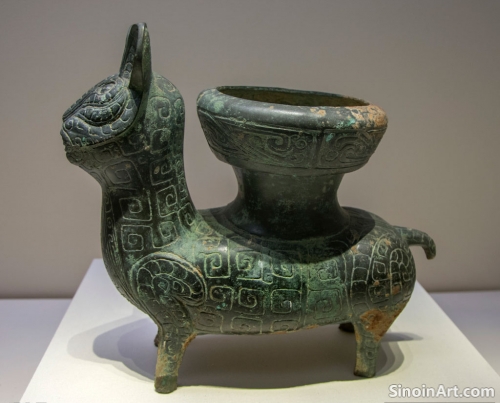The Social and Political Significance of Bronze Mirrors in Ancient China: Status, Reflection, and Self-Presentation
|
Bronze mirrors in ancient China were not just tools for grooming and reflection; they also played a key role in communicating social status, personal identity, and political power, used both in daily life and also in more formal social and political settings. These objects served not only a practical purpose, but they also helped to codify the social hierarchy and to reinforce cultural traditions. The subtle design elements and the ways in which they were used helped to reinforce both individual and also social identities.  Bronze mirrors were often given as gifts to express social respect and recognition, acting as markers of status, power, and influence. The exchange of these objects, which often had intricate designs and were made of valuable materials, was an important element of social interaction, and the mirrors were also used as symbols of both social standing and individual merit.  The mirror’s ability to reflect one's image helped to shape ideas about self-presentation and social performance, encouraging individuals to pay attention to their appearance, manners, and their overall presentation to others. The use of mirrors became an essential part of daily life and also a part of ritual preparation.  The style and decoration of bronze mirrors were often influenced by the tastes of the ruling elite, reflecting not only their power and wealth but also their aesthetic values and cultural preferences. The designs of the mirrors reflected and reinforced the political power of the rulers and also the values of the culture at large. The study of bronze mirrors provides valuable insights into the social, political, and cultural values of ancient China, highlighting how seemingly everyday objects could become powerful tools for reinforcing identity, communication, and establishing social roles. The careful study of these objects is a valuable approach to understanding the social context of the time. |
Tag : bronze mirrors, Chinese social status, self-presentation, ancient power symbols, personal identity
Related information
- The Use of Bronze in Ancient Chinese Maritime Activities: Navigation, Trade, and Exploration
- The Legacy of Chinese Bronze Ware: Its Influence on Later Art Forms
- The Taotie Motif: Unraveling the Mystery of the Shang Bronze Beast
- The Use of Bronze in Ancient Chinese Transportation Systems: Harnesses, Decorations, and the Technology of Movement
- The Legacy of Zhou Dynasty Bronzes: Shaping Later Chinese Ritual and Culture
This article explores the use of bronze in ancient Chinese maritime activities, highlighting its role in creating ship fittings, navigational tools, and its impact on the development of trade routes and maritime exploration.
This article explores the enduring legacy of Chinese bronze ware, highlighting its influence on later forms of Chinese art, including ceramics, painting, and sculpture, with particular emphasis on the enduring impact of bronze forms, motifs, and aesthetic principles.
This article explores the taotie motif found on Shang Dynasty bronzes, discussing its composite features, the various interpretations of its symbolic meaning, its evolution over time, and its significance in understanding the Shang worldview.
This article explores the use of bronze in ancient Chinese transportation systems, highlighting its role in creating harnesses, decorative elements, and fittings for chariots and other vehicles, and underscoring its importance for the efficiency of transportation and travel.
This article explores the lasting legacy of Zhou Dynasty bronzes, highlighting their influence on later Chinese ritual practices, their impact on subsequent artistic designs, their role in the development of historical records, and their contribution to a continued reverence for tradition.